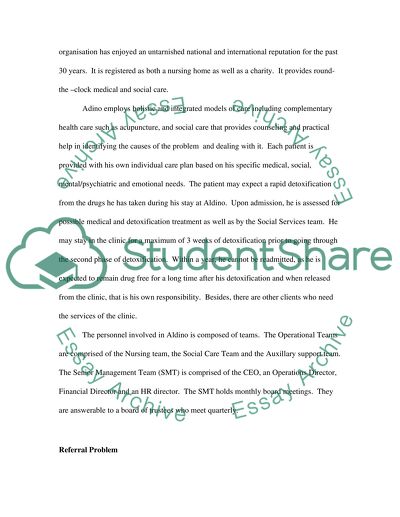Cite this document
(“Resolving Organizational Conflicts in Communication and Team Work Essay”, n.d.)
Retrieved from https://studentshare.org/environmental-studies/1414281-how-to-resolve-organizational-conflicts-in-communication-and-teamwork
Retrieved from https://studentshare.org/environmental-studies/1414281-how-to-resolve-organizational-conflicts-in-communication-and-teamwork
(Resolving Organizational Conflicts in Communication and Team Work Essay)
https://studentshare.org/environmental-studies/1414281-how-to-resolve-organizational-conflicts-in-communication-and-teamwork.
https://studentshare.org/environmental-studies/1414281-how-to-resolve-organizational-conflicts-in-communication-and-teamwork.
“Resolving Organizational Conflicts in Communication and Team Work Essay”, n.d. https://studentshare.org/environmental-studies/1414281-how-to-resolve-organizational-conflicts-in-communication-and-teamwork.


